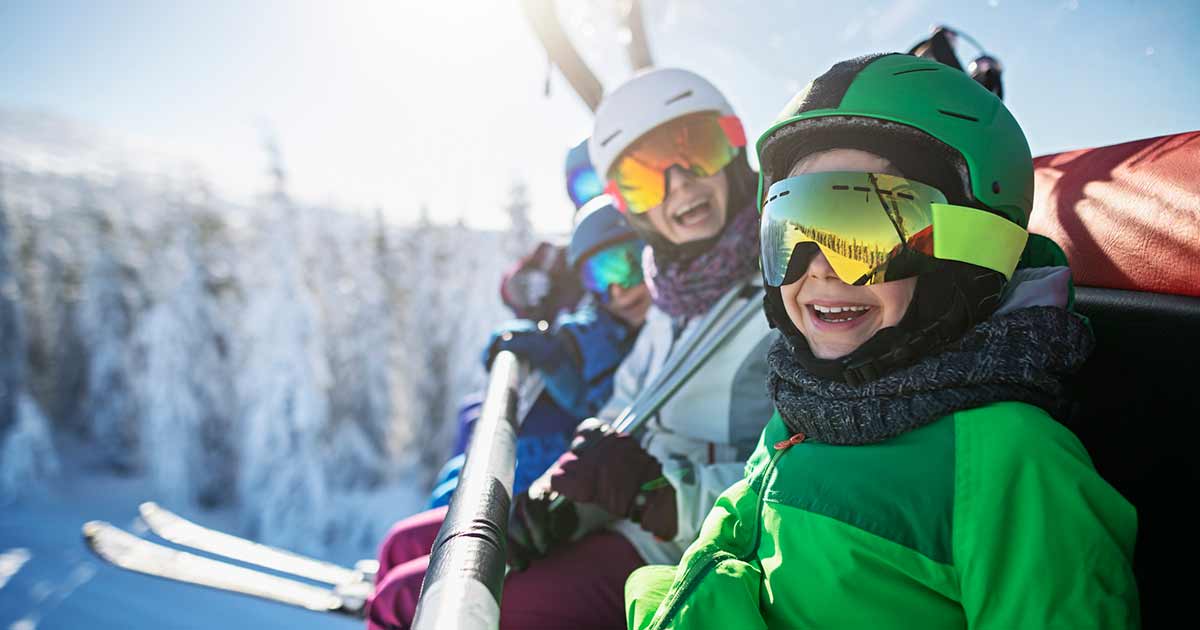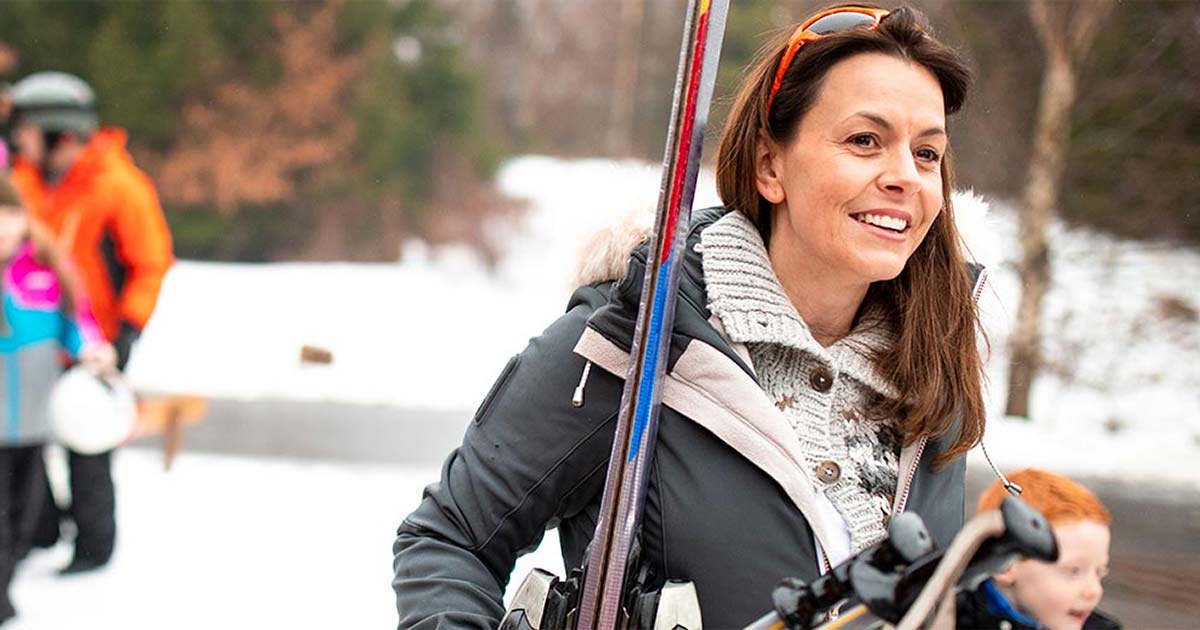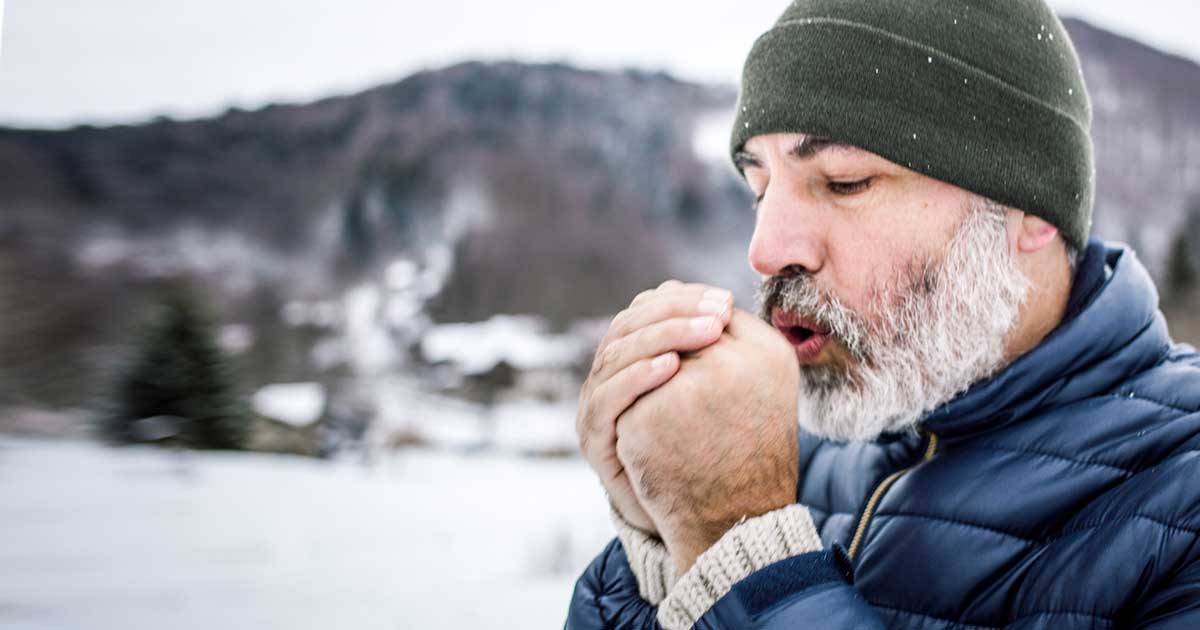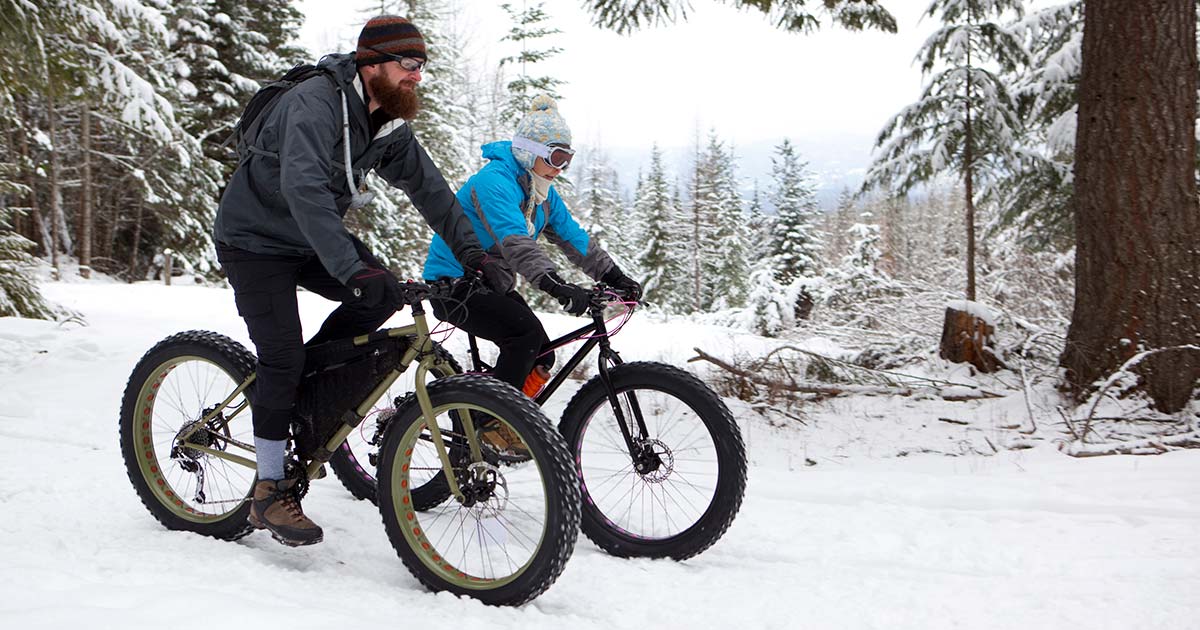Last-Minute Tips to Help You Prepare for Skiing
Advice to improve your movement, fitness, and overall health from the world's #1 in orthopedics.
Excited to get back on the slopes this season? A little pre-ski-trip prep can go a long way in preventing injuries, says Yukiko Matsuzaki, PT, DPT, OCS, SCS, a clinical specialist in orthopedic and sports physical therapy in Pediatric Rehabilitation at HSS. That’s especially true this season.

“Because of the pandemic, it’s been two years since many people last went skiing,” says Matsuzaki. Over that time, your body may have gone through minor or even significant changes. Kids could be 5 inches taller than they were in 2019, whereas an older adult may have lost an inch of height. Our feet can change size and shape as we age, so your boot size may be different. And muscular strength, cardiovascular fitness and body weight have changed for many people, too, including kids and teens. All these factors can impact how well your first ski trip of the season goes.
Even if none of that is true for you, diving into any seasonal sport with too much zeal can raise your risk of a sprain, strain or other injury. While it’s always better to spend a few weeks getting mentally and physically ready (see How to Prepare for Injury-Free Skiing), these last-minute tips from Matsuzaki can make a difference, too.
Check your gear
Two years is a long time for anything to languish, including ski gear. Your bindings could have dry rotted or your gear may no longer fit. Or maybe you’ve been borrowing gear and it never fit in the first place. In any case, Matsuzaki recommends making an appointment at a ski store to have a pro evaluate what you have on hand. “If you have kids, they’re going to need new everything,” she notes.
Check your balance
Not quite sure if you’re ski-ready? “You should be able to stand on one leg with your eyes open for 30 to 60 seconds without falling over,” she says. “If you can do that, try it with your eyes closed.” You can make it even more challenging by standing on an uneven surface or doing something like tossing a ball against a wall. If you’re not stable on one foot, you’re probably not ready for skiing, which may require you to not only balance on but also make quick adjustments on one leg at a time.
Check the conditions
If you wake up and the weather seems iffy—or if your gut’s telling you it’s not a good day to ski—find something else to do for the day. Even on a bluebird day, weather and mountain conditions can change from one hour to the next. Most resorts will post a report on conditions, as well as info on trail closures and difficulty. “Start on the easier slopes,” she adds. Remember that your brain took a break from skiing, too, “so your reaction time may not be what it once was.”
Bonus tip: Check the resort website’s COVID-19 requirements regarding masking, vaccination status and social distancing before you go, so you won’t get turned away at the desk or a restaurant later on.
Check your expectations
You may be a bit more sore and achy during your first ski weekend of the year, so listen to your body and take a break when you need one, says Matsuzaki. “If you’re excited, the adrenaline is going to take over, so you should take a break after an hour or so even if you feel great,” she adds. Use this time to hydrate, have a snack and reapply sunscreen—all of which will make for a better experience. If you’re feeling fatigued, don’t be afraid to call it a day, even if it’s only been an hour or two: Injuries are more common during the “last run” when people push themselves past their limits.
Check your flexibility
Doing some moving (dynamic) stretches before your first run can help lubricate your joints and get the blood flowing to your muscles. Leg swings, butt kicks, lunges, jumping jacks and torso twists are great pre-ski moves. When you’re done for the day, do some static (non-moving) stretches, like hamstring, glute, calf and back stretches, holding each for about 30 seconds. You can even try foam rolling, which can help you relax and reduce soreness. (This video by HSS exercise physiologist Polly de Mille is a good guide.)
Above all, be flexible with your plans and be prepared to go to a plan B or C, like cross-country skiing or curling up with a good book in the lodge, if the above checks don’t check out.
“To the extent that you can, you want to try to prevent injuries,” says Matsuzaki. “You can’t control everything on the slopes, but these are some of the things that you can control.”
Published 1/10/2022





